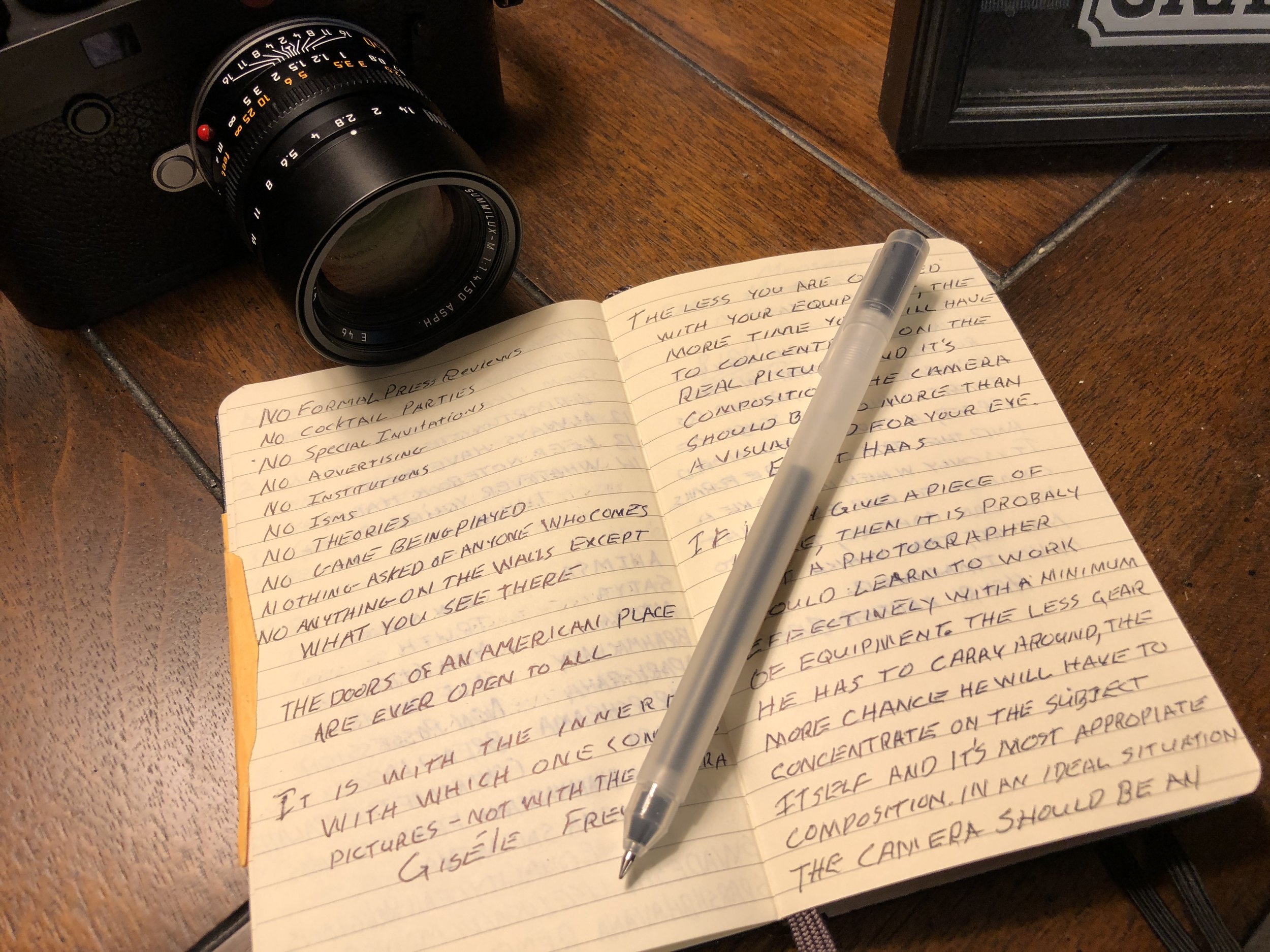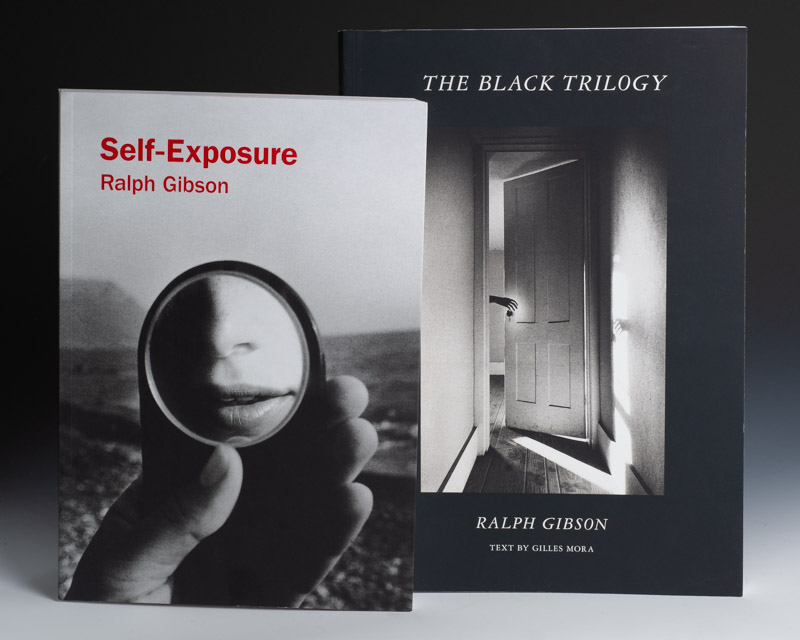Being a photographer can be a lonely occupation. Some specialists do work as a member of a team. Fashion photographers have hair and makeup stylists. Product photographers sometimes employ assistants or other specialists like set builders or sound and video editors. But most of the time it is a solitary profession. Among amateurs it is even lonelier still. Usually the only place to discuss photography is in the forums and this can be an iffy proposition because of the wide range of expertise and the common inflation of ones true abilities.
I tend to do most of my shooting in Southern California and since I use my Leica’s for street shooting I seem to get a lot of interaction with other photographers. When I shoot with other brands over the years most people don’t say much to me but people quite often comment when the recognize that I am shooting with a Leica. It is usually just a knowing look or smile. Occasionally I get questions about my setup. The most common question is what lens am I using. A lot of people ask how long I’ve being using Leica. Most are surprised at how long I’ve been using them. Many people still associate Leica’s with film. Some are surprised that I’m using digital and not film ( yes I do occasionally still shoot film ).
But the one thing that really sticks with me is how friendly most people are when we both are shooting Leica cameras. It’s kinda like when car enthusiasts get together. Porsche club members come to mind. In this age when most people don’t even know their own neighbors, Leica people seem to love talking to other Leica people. They want to know where you bought your camera. How often do you use it. Soon it becomes story time about meeting other users. Where the camera has been. I’ve always found that one interesting, it’s not where they have been, it is where the camera has been.
This just isn’t behavior that I have had with other products. There is a lot of pride in owning a Leica camera that is just not there with other cameras. It is kind of like the APPLE community but it seems to be more special because there are a lot less Leica users.
Looking back it seems Leica ownership seems to surge and wane. I remember lots of people carrying Leica’s after the introduction of the M6 in the mid 80’s. There were lots of M and R cameras to be seen. Then in the late 90’s to the mid 2000’s it was rare to see any red dots. Since 2009 and the introduction of the M9, I have noticed a big jump in Leica ownership. Owners today seem to be more interested in the future of Leica. Owners in the 20th century seemed prouder of owning a Leica because of the history of the company.
Even though the entry into the Leica world is quite a substantial investment no matter what camera you buy, I don’t think it is just a money thing that brings the owners together. I think it is because so many people are being their cameras in the Leica company stores. I feel that this is what is building the sense of community. You are treated differently in the company store as opposed to buying online. It feels like you are buying from a family business. The sales force is low pressure but professional. The history of the company is always alluded too. The stores are always having talks by photographers and the galleries that are incorporated into the stores are encouraging photographers to get together and have discussions and meet new people who are often Leica owners.
I don’t know if the current Leica strategy is to purposely to build a community for their users but that seems to be the result of their actions. And that is a good thing for photography. And as a long time Leica user it makes me feel good that more people are feeling the joy of using a Leica camera that I feel.







































